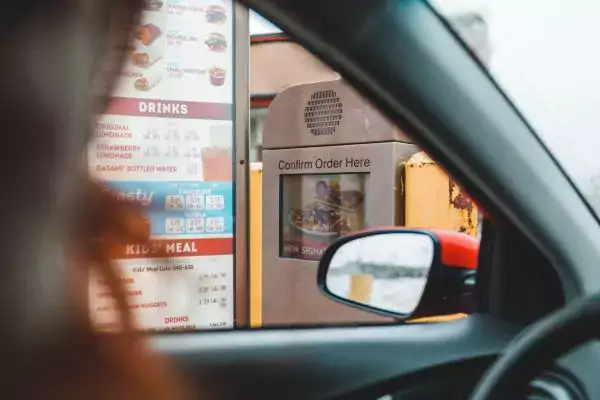I’m very loyal to a local fast food restaurant and, on average, I’m a monthly patron. On my most recent visit, everything was on point with the food, as per usual. But there was something else that slightly soured my experience. The customer service was legitimately unfriendly and contradicted the brand’s messaging. On the side of the truck, there is a photo of the founder smiling, yet the cashier barely acknowledged my presence. I asked for a container of hot sauce and suddenly found a small container next to me- there was zero discussion and the cashier returned to looking at a smartphone and completely ignoring me.
I’ve been to this local business enough times to know that the staff changes. On my last three visits, there have been three different cashiers. Two out of three were friendly and interacted, so I’m more inclined to consider this negative experience the exception, not the rule. But what if this had been a customer’s first introduction to this brand? Let’s just say it wouldn’t have done anything to build loyalty for future visits.
In a previous post, I wrote about convenience store retailers who can win if they maintain a sense of self-awareness of what sets them apart and consistently deliver on an exceptional customer experience. For many retailers, what sets them apart is fresh food. But as evident in my recent food truck experience, the food isn’t everything for building brand loyalty.
That’s why customer service interactions are synonymous with brand consistency. And for most retailers, there are multiple points of customer interaction that require attention.
Improving Consistency at All Points of Customer Interaction
So how do you improve consistency across a brand through customer interaction? Start by tracking the customer’s journey from the moment they arrive at your store until they leave. For instance, convenience stores that offer fuel at competitive prices will always bring customers and foot traffic inside the store. But retailers should audit:- How is customer service at the pump? Are prices consistent and card readers working properly? Are promotions that incentivize customers to go inside the store present? (It’s is all part of the customer service experience!)
Here are some examples of mobile forms.
- If the customer gravitates towards foodservice, how is the ordering experience?
- Is the customer greeted when they approach the register? “Hello, did you find what you were looking for?” can do the trick.
Subscribe to our blog
You are now subscribed!


